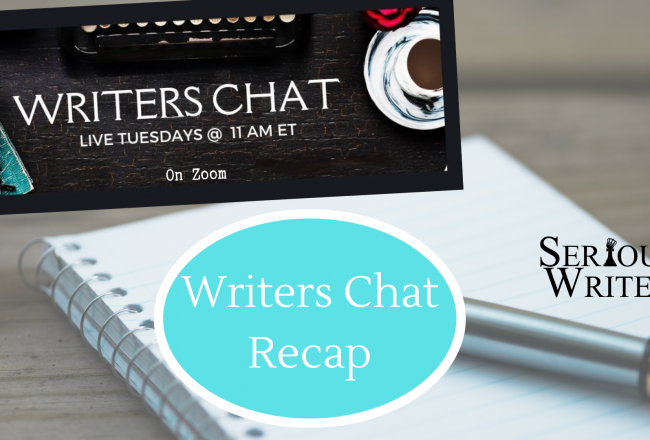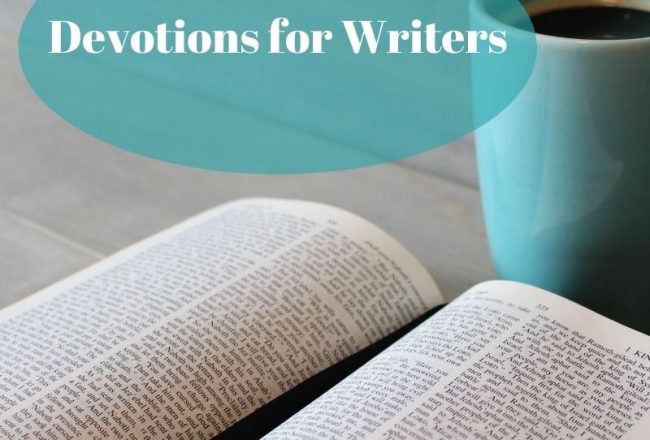
Best Selling Author Angela Ackerman
Angela Ackerman Your writing thesauruses are such a help to writers, how do you feel knowing that thousands of…
July 1, 2016
Angela Ackerman Your writing thesauruses are such a help to writers, how do you feel knowing that thousands of…
July 1, 2016
What is Middle Grade, Anyway? by Kelli McKinney When I tell someone I write middle grade fantasy, usually their response…
July 1, 2016
Today’s tip on Polishing Your Message is . . . Don’t Do That. Do What? Overuse the word that.…
June 30, 2016Do not think of yourself more highly than you ought, but think of yourself with sober judgment. Romans 12:3…
June 29, 2016
Following Up After a Conference Well hey! You made it to part three! O thou hast come far… seriously…
June 28, 2016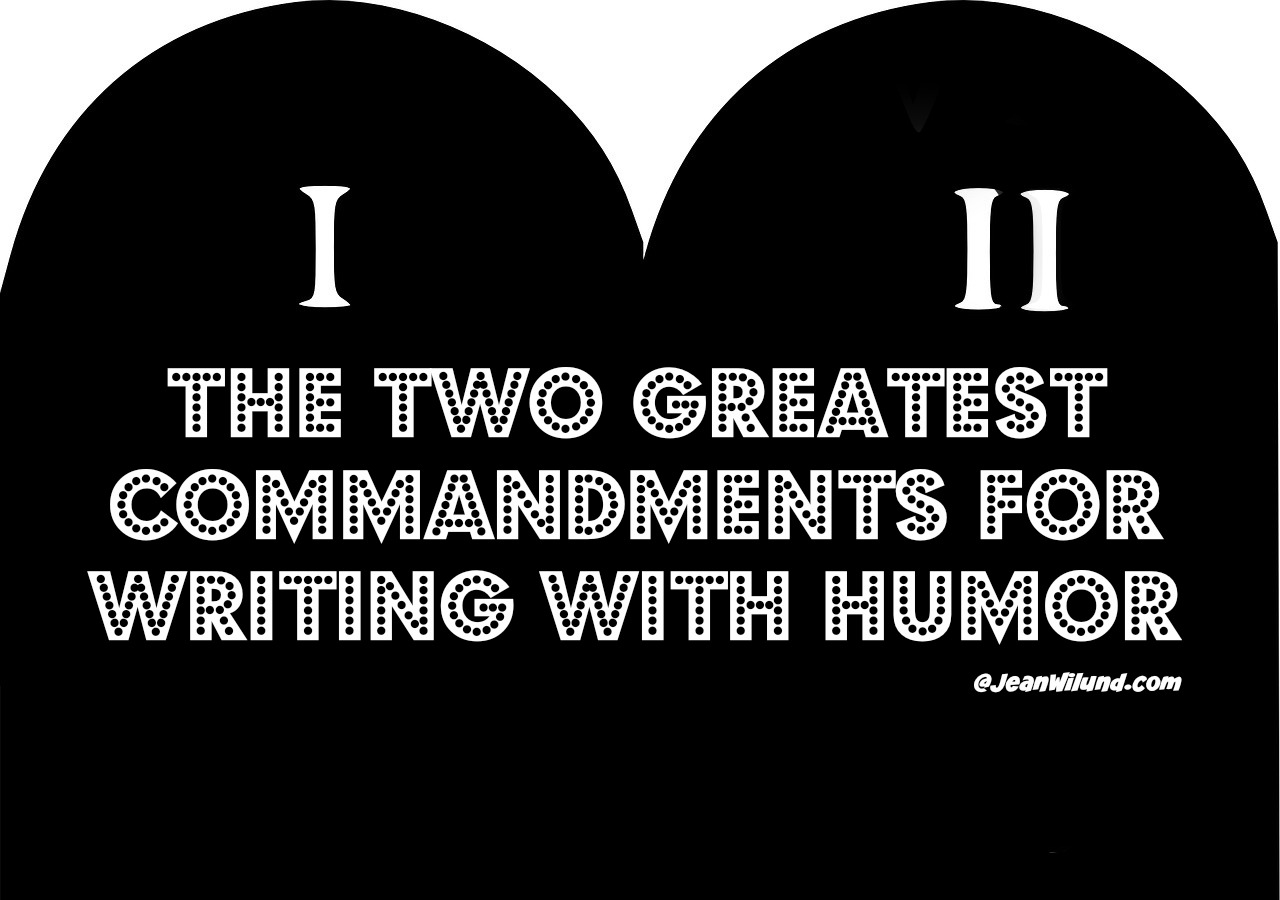
Thou Shalt write with humor. But how? By following these two commandments from humor author James N. Watkins: I. Thou Shalt…
June 27, 2016
by Sandra Merville Hart I wanted to instill a love of reading in my daughter from a young…
June 26, 2016
I am writing this article and you are reading it because we enjoy or at least are comfortable writing.…
June 25, 2016
He snapped and got into real dark moods a lot, but at least he stayed. She had been irresistibly…
June 24, 2016A writing acquaintance of mine recently posted about her disdain of the comma splice, more importantly, the proliferation of…
June 23, 2016
“There is a time for everything, and a season for every activity under heaven.” Ecclesiastes 3:1 NIV As I…
June 22, 2016
Everyone needs a break from time to time. For a writer building a platform, taking a social media break…
June 21, 2016
In order to really show his stuff, a protagonist needs challenges to overcome. The tougher the opposition, the more…
June 20, 2016
Setting is far more than the backdrop of a novel. It’s the environment that breathes life into a story. It…
June 19, 2016Angela Ackerman is our Best Selling Author for the month of July. She has blessed us with some encouragement…
June 17, 2016
What is the title of your latest book, Morgan? Tainted. Please give us an overview. What Happens When Your…
June 15, 2016
Almost An Author (A3) is excited to announce its writing contest. The Blue Seal Awards for Internet Writing Excellence. We…
June 14, 2016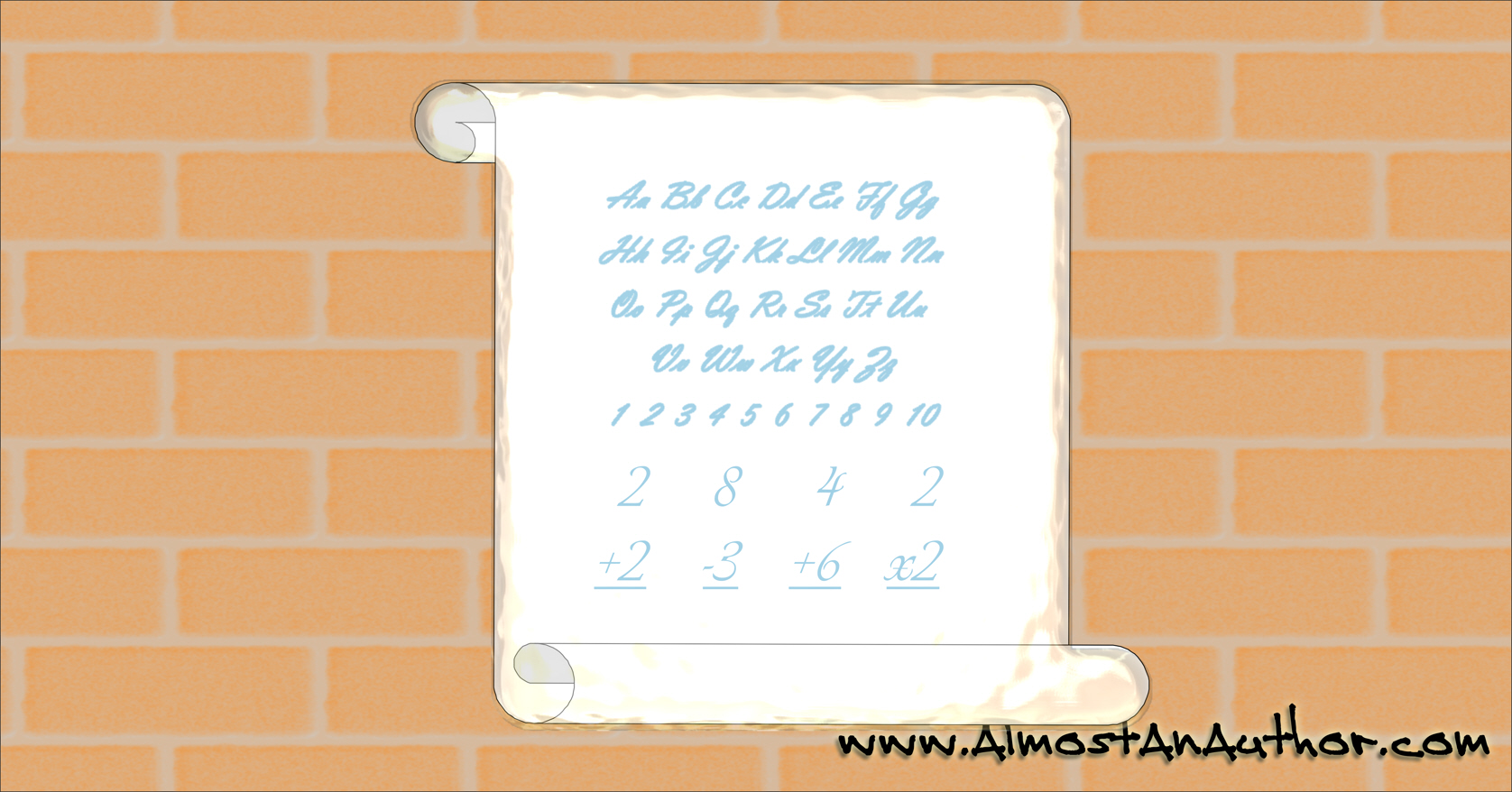
Have you considered education? No, this isn’t an article about how to raise your kids, this is an article…
June 12, 2016
As an editor, I frequently encounter homonym errors. Someone writes whether when they intend weather. Or peek when the…
June 11, 2016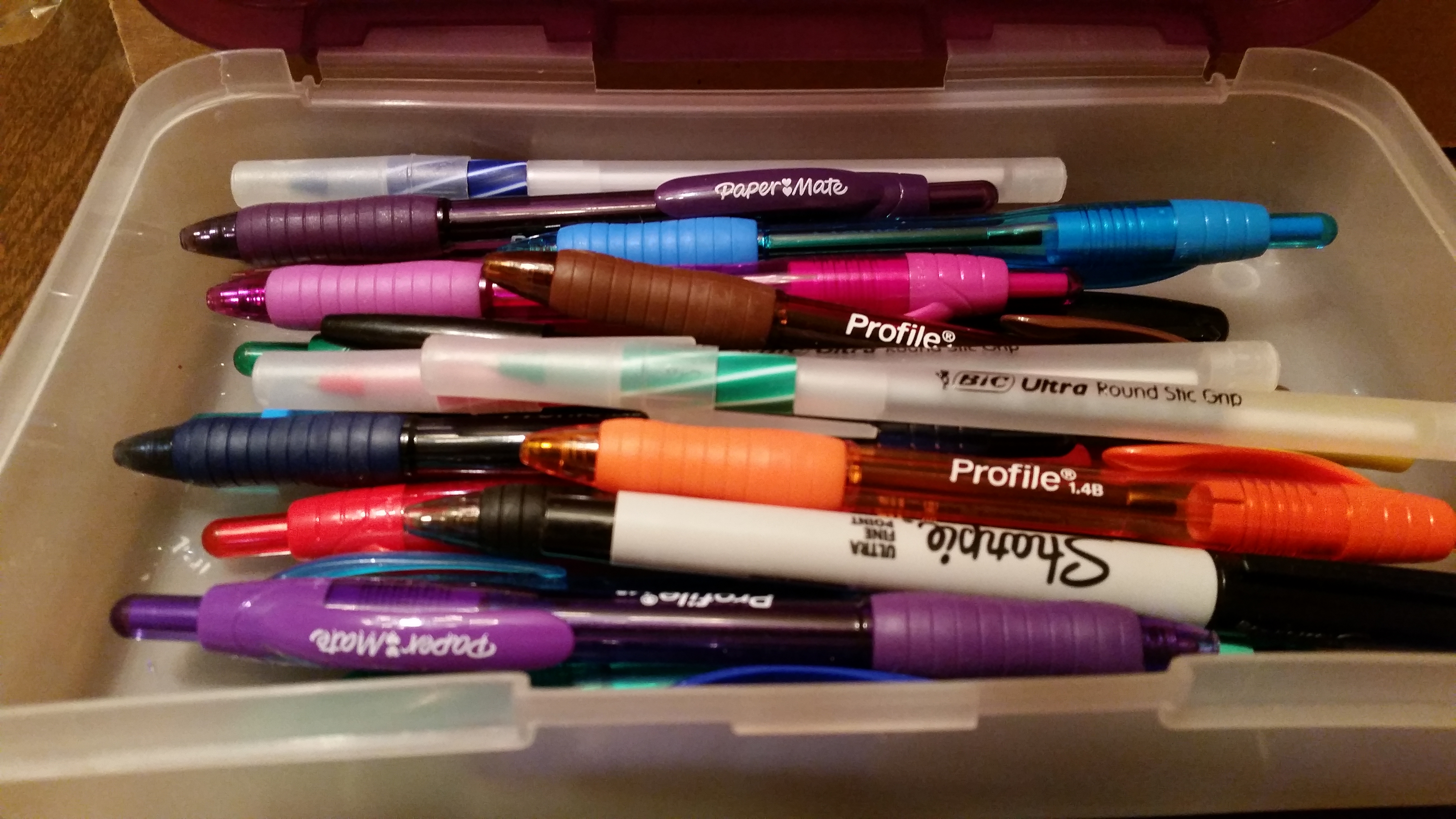
We’ve been looking at crafting plot twists. #amwriting #plottwists [bctt tweet=”Create a jaw-dropping plot twist by convincing your reader…
June 10, 2016
The meme says it all: “We still want to go to the Land of Make-Believe.” It shows Mister Rogers…
June 9, 2016
I want to thank everyone that read my first post of The Writerly Café, especially those who took the…
June 6, 2016
Are you interested in trying to write poetry for the first time? Or maybe you’ve been writing poetry but…
June 5, 2016
By Doug Peterson Whenever I show up to interview a source for a magazine story, it must look like…
June 4, 2016Can you share a little about your recent book – I just finished “Baby Girl” which is…
June 3, 2016



